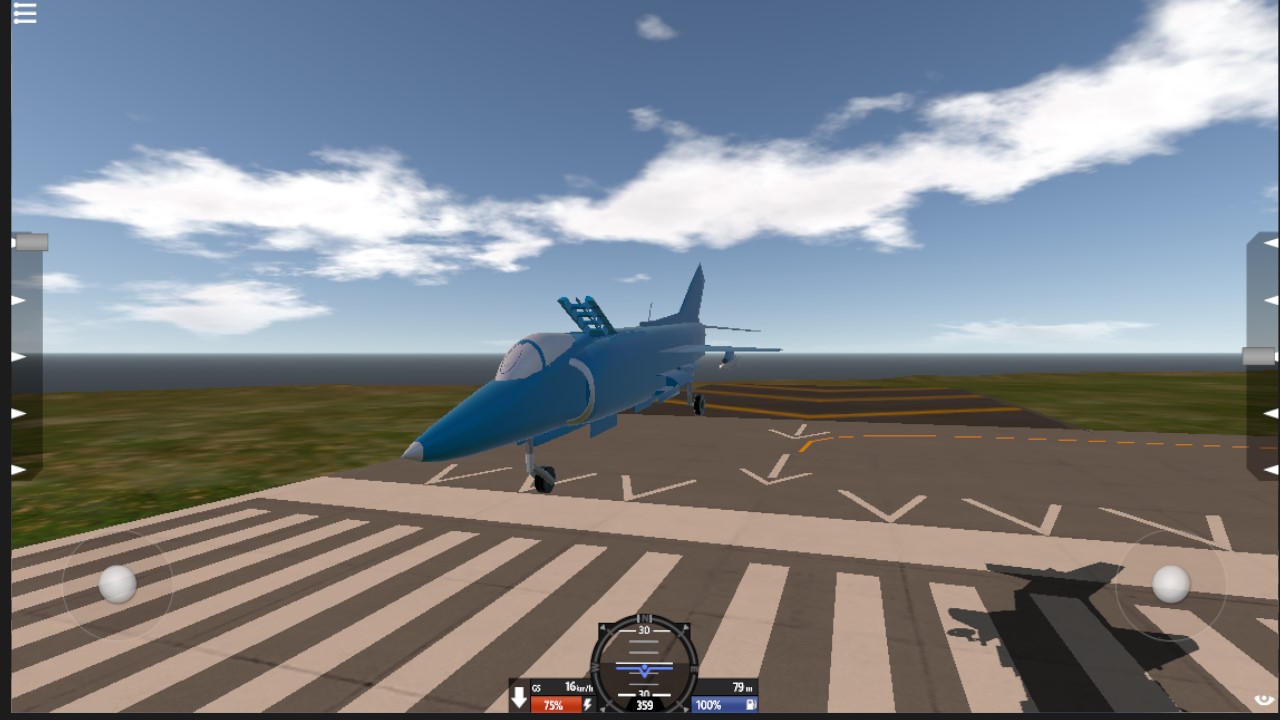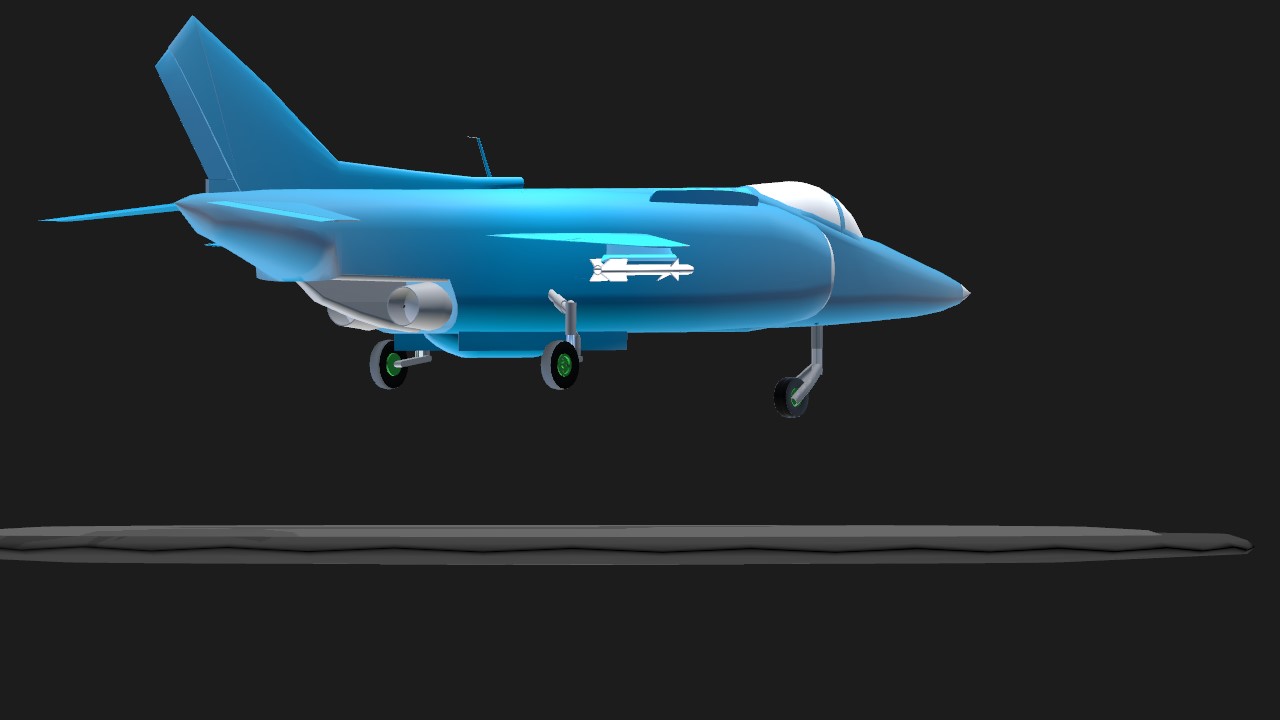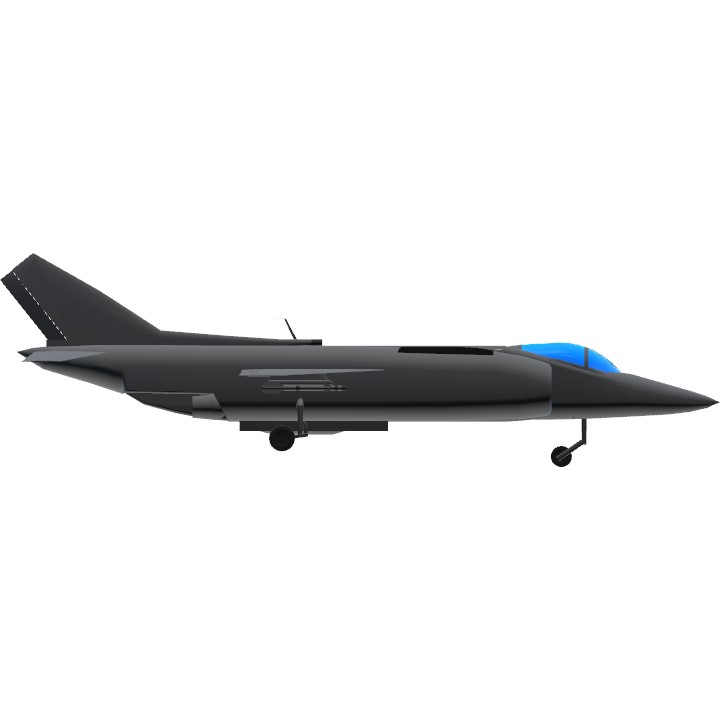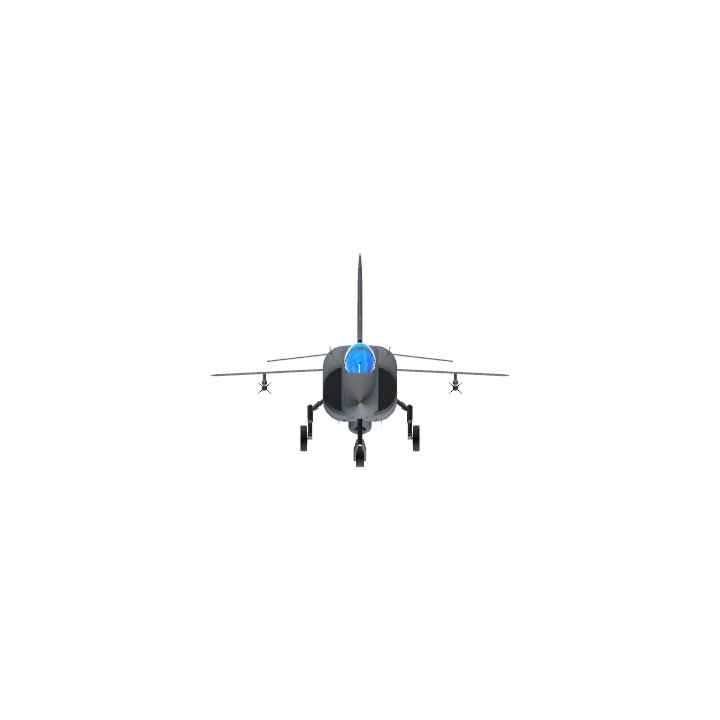Yak-38 development
Throughout the 1960s, Yakovlev's OKB planned a vertical take-off (but also short take-off and landing capability, or V/STOL) aircraft, built with an R27V-300 turbojet at the rear and two forward sustaining, Kolesov RD36-35FV engines installed behind the cockpit.
The Soviet Navy became interested in the concept and approved the construction of the first prototypes in late 1967; the purpose was to have an embarked force of V/STOL naval fighters on Kiev-type aircraft carriers for interdiction and reconnaissance missions. The aircraft was designated Yak-36M, despite its notable differences from the original Yak-36. Five Yak-36M prototypes were ordered, including a two-seater trainer.
Two Túpolev Tu-16 bombers were used in the test program, to test the aerodynamics of the Yak-36M airframes. Subsequently, the aircraft were completed and ready for test flights; the first captive flight of the Yak-36M took place on September 22, 1970, and the first conventional flight on December 2 of the same year.
The first flight tests were very complicated, due to the lack of a computer flight control and fly-by-wire cables, and the first transition, from vertical to horizontal flight and then vertical landing, could not be made until February 25, 1972, with test pilot Mikhail S. Deksbah at the controls. On November 18 of the same year, Deksbah performed the first vertical takeoff from the aircraft carrier Moskva.
After long improvements and some accidents, the model was authorized for series production in early 1975; the aircraft was first operational with the Soviet Naval Aviation in October 1976, as Yak-38 ("Forger-A").
Description
The Yak-38 is a medium cantilever monoplane, with a short wingspan and 42º of upthrust and equipped with flaps for conventional landings and flow surfaces, also in arrow; the two RD36-35FV fans are mounted vertically in tandem, behind the cockpit and receive the air, through a damper that opens in the dorsal part of the aircraft, and then expel it through exhaust nozzles under the aircraft.
The R27V-300 main turbine engine is located horizontally in the fuselage, behind the vertical engines. The landing gear is of the tricycle type; the single-seat cabin has a K-36VM ejector seat, which can be automatically activated by the SK-EM system during takeoffs and landings in case of failures; the avionics are simple, analog clock-type instruments, with radios, identification friend/foe system (IFF), navigation system, and data recorder system. There is no forward cone radar and no fire control system.
The R27V-300 engine flow is expelled through two hydraulically activated nozzles, which rotate downward for takeoffs and then backward for the horizontal flight transition maneuver. They also have intermediate positions of 25º and 45º. The RD36V-35FV vertical fans are compact, lightweight and powerful.
The aircraft has two pylons on each wing for launchable payloads, such as fuel tanks, free-fall bombs, unguided rockets, a Pod-type canister with cannon, or R-60 air-to-air missiles, or AS-10 Karen air-to-ground missiles.
The Yak-38M was an upgraded version, which first flew in 1982; it incorporated the new Tumansky R-28-300 vectorable thrust engine and Kolesov RD-38 vertical fans, with power increased by 10%; it also carried a steerable nose wheel, allowing greater handling capability on the ground or on the ship's deck; other changes included a revised rear fan, capable of rotating 5 degrees forward and 30 degrees aft, possibly to allow more power for short takeoffs, plus an oxygen injection system for the fans.
The combat range was only 100 km, due in part to the tremendous takeoff fuel consumption. During its operational evaluation in Afghanistan in 1980, the Yak-38 demonstrated its limitations in terms of armament capability and range, difficult maintenance and flight problems; therefore, it could be said that the Yak-38 was an operational technology demonstrator, for vertical takeoffs on the deck of an aircraft carrier; but despite its shortcomings, the Yak-38 was a very useful fighter for ground support and reconnaissance missions, although it would be completely ineffective in air-to-air combat against the new supersonic, heavy, long-range, high-performance US F-14 Tomcat supersonic fighters embarked on the new US Navy carriers, with which it would have to contend to defend the Russian naval squadron in the event of a modern naval engagement.
Specifications
Spotlights
- Default4 3.3 years ago
General Characteristics
- Created On iOS
- Wingspan 23.1ft (7.1m)
- Length 55.6ft (17.0m)
- Height 16.6ft (5.0m)
- Empty Weight 5,474lbs (2,483kg)
- Loaded Weight 21,427lbs (9,719kg)
Performance
- Power/Weight Ratio 2.076
- Wing Loading 62.6lbs/ft2 (305.7kg/m2)
- Wing Area 342.2ft2 (31.8m2)
- Drag Points 851
Parts
- Number of Parts 270
- Control Surfaces 6
- Performance Cost 1,355







Awesome work on the model, The VTOL System does need a bit of work though.. Keep up the good work :)
Wonderful 38!
Very nice.